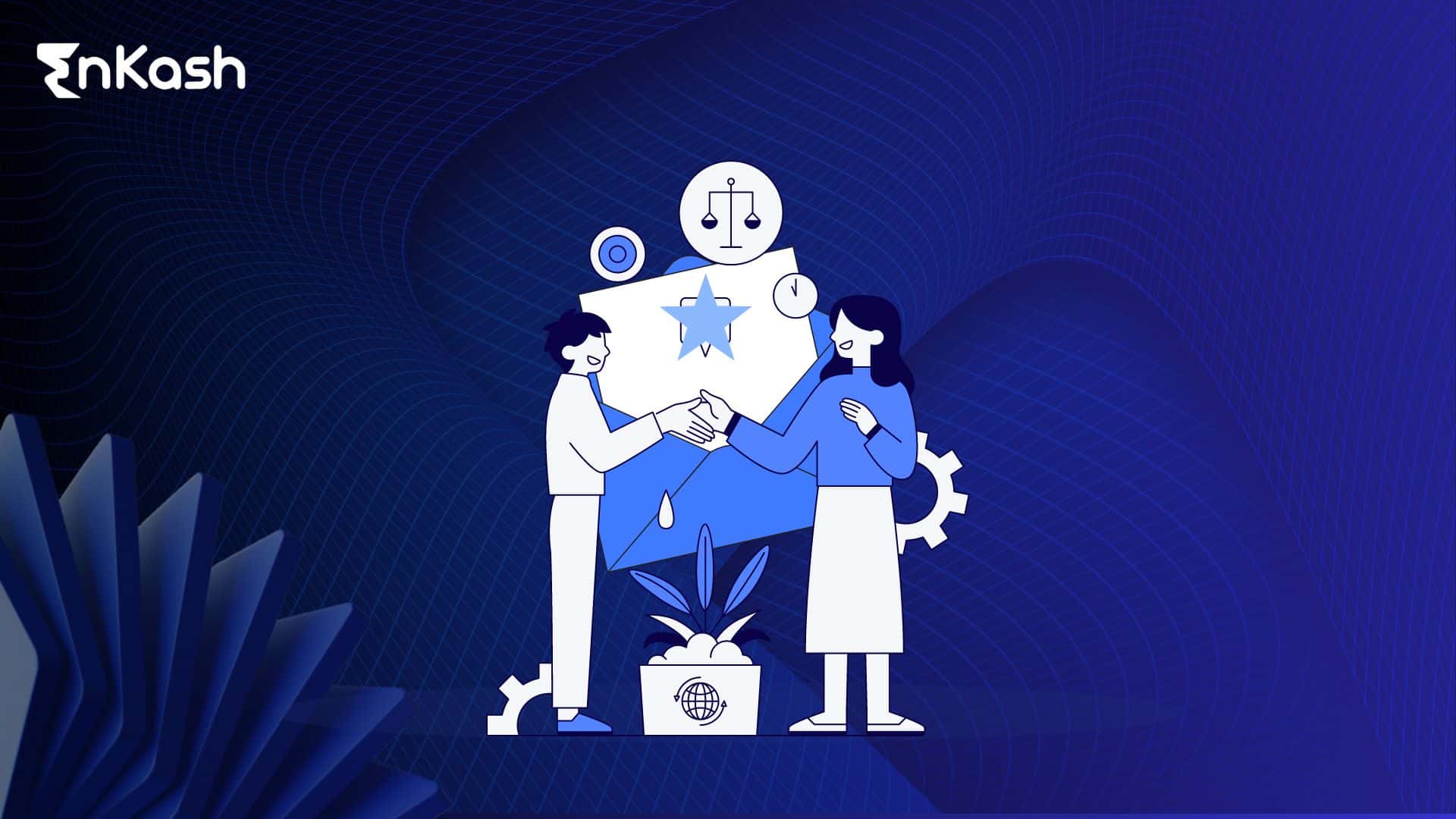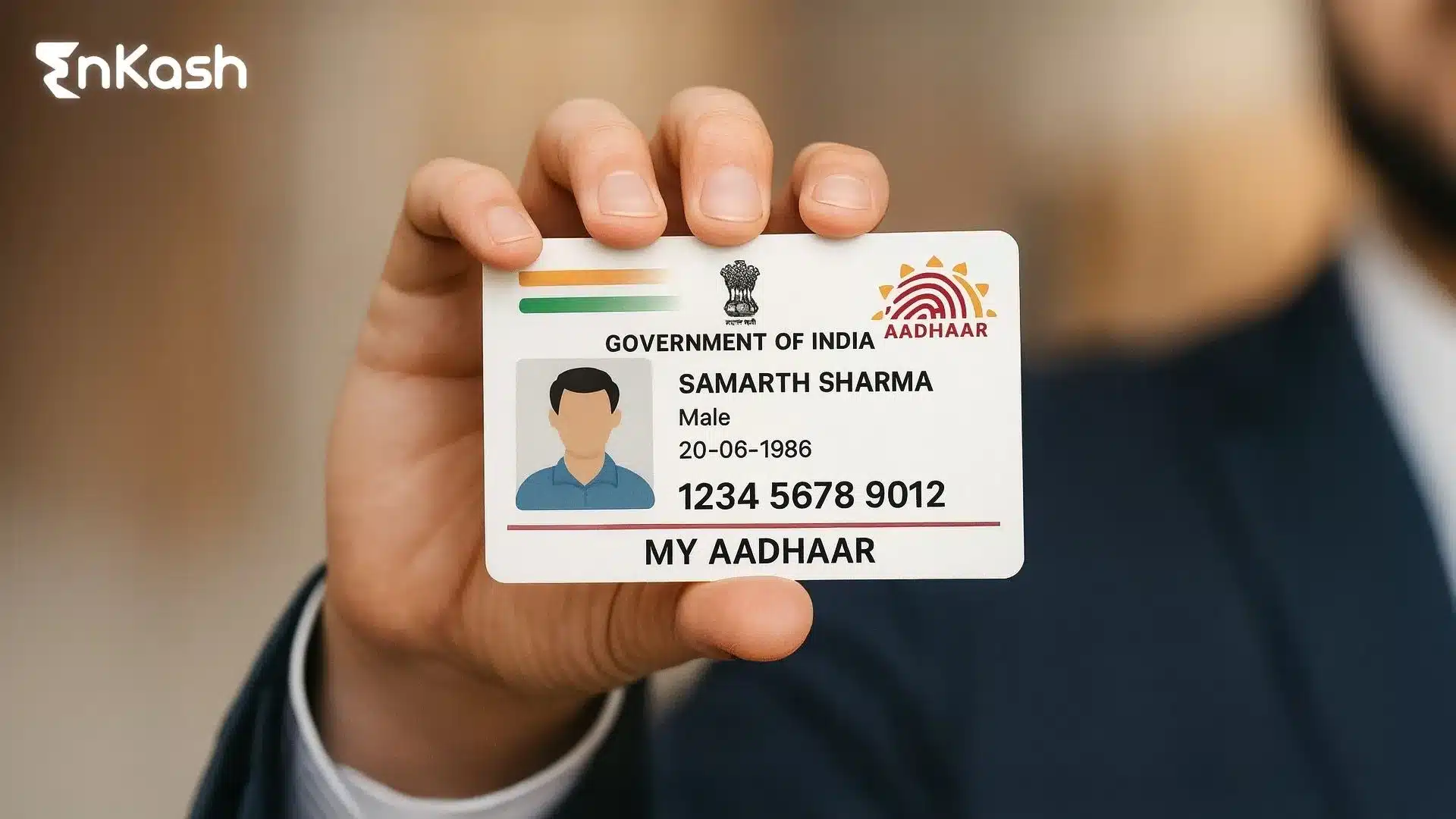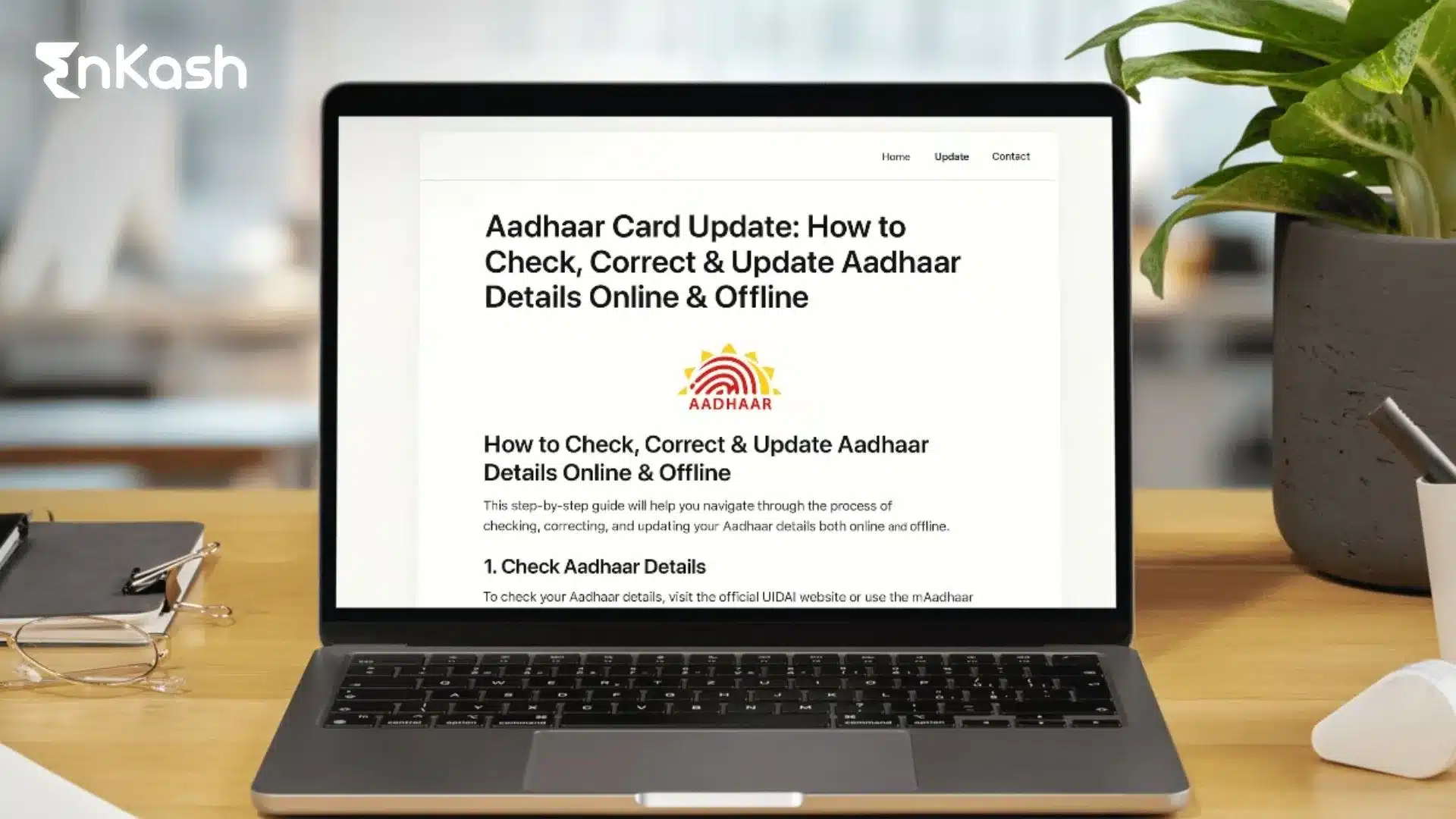Appreciation letters are a potent tool in building positive working relationships and overall employee morale. They are essential for increasing job satisfaction, labor productivity, and, ultimately, retention because they acknowledge the hard work, dedication, and contributions of employees. This blog covers everything from the format of appreciation letters to in-depth samples. Whether formal or casual, honing the art of appreciation will significantly influence workplace culture, since it reinforces desired behavior and motivates staff for further success.
Introduction
One of the most important ways to have a motivated and engaged workforce within any organization is to appreciate the efforts of employees. This can be ensured through well-crafted appreciation letters. Whether you are an employer recognizing outstanding performance by a team member, a colleague thanking someone for their support, or a manager acknowledging the contributions of an employee, a thoughtfully written appreciation letter can strengthen professional relationships.
An appreciation letter is simply any formal or informal note written with the purpose of showing someone’s gratitude and recognition towards the efforts, contributions, or support provided. These letters are especially used in professional settings where they help boost morale, build relationships, and motivate the recipient to continue keeping up the good work. Appreciation letters may be addressed to employees, colleagues, teams, or organizations to show recognition and convey thanks.
Read more: UPI payments
Why Write an Appreciation Letter?
Before explaining the appreciation letter formats, it is quite fundamental to understand the value of sending these letters. Appreciation letters hold various purposes:
- Improves Morale: It makes a person feel good that he/she has done a great job, and therefore, people are appreciating his/her work. Thus, they will be able to continue working on that level.
- Build Relations: The act of genuinely sending appreciation letters constructs a a favorable and efficient relationship between the sender and the receiver.
- Reinforce Positive Behavior: With an appreciation letter, you can appreciate and reinforce positive behaviors and outcomes to motivate the recipient to keep up a good performance.
- Improving Employee Retention: Employees who feel recognized and appreciated are more likely to stay committed to the organization.
Key Elements of an Appreciation Letter Format
All appreciation letters, regardless of the recipient, must be formal. They should be written formally but personally. This is what an appreciation letter must include:
- Subject Line (for Emails): If it’s an email through which you’re sending the thank-you note, then the heading must be clear. Write an appropriate subject heading that shows what your message says so eloquently. For instance: “Thank You for Your Outstanding Contributions” or “Thank you for Your Hard Work.”
- Salutation: The salutation mustn’t be missed out as that is the beginning of the letter. If the context is rather formal, then “Dear [Recipient’s Name],” shall work, but if in case it is informal “Hi [Recipient’s Name],” will do.
- Opening Paragraph: Here, state the purpose of your letter. Mention his/her contribution and the specific act you are appreciative of.
- Main Body: Give particular reasons behind what you are appreciative of, why it’s valuable, and how it brought positive effects to you, your team, or your company. Be honest and personalize the message as much as possible.
- Closing Paragraph: You can restate your appreciation and close it with a request for contributions in the future, too. Again, you can thank them.
- Sign-Off: You can close this by using an appropriate closing phrase, such as “Sincerely,” “Best Regards,” or “With Appreciation.” Then, write your name, as well as your title, in formal letters on the next line after your signature.
Certificate of Appreciation Format
In addition to a letter, certificates of appreciation can also be made formally to recognize someone’s contribution or achievements. A certificate adds formality and, in many cases, is used in more formal or even ceremonial settings.
Here’s a simple certificate of appreciation format:
[Company Name]
Certificate of Appreciation
This certificate is awarded to
[Recipient’s Name]
In recognition of their outstanding contributions to
[Project Name/Department Name]
Date: [Insert Date]
Presented by: [Presenter’s Name and Title]
You can present the receivers with certificates of appreciation during the course of the events or meetings or during any celebration of milestones to leave them with something tangible that signifies your appreciation.
Read more: Payroll processing
How To Write an Appreciation Letter to Employee: Tips
While appreciation letters do appear quite easy to pen down, there are factors which make all the difference. Here are a few vital dos for an effective appreciation letter that goes a long way in impressing all:
- Timing: It’s important to come up with an appreciation letter at the right time. Send the letter soon after the event or action you’re acknowledging. It appears honest, and the sender seems to genuinely appreciate the act.
- Personal tone: Use the addressee’s name. If acceptable, adopt a playful personal tone. For the recipient, the letter will seem even more precious simply because it is addressed to especially him/her and no one else.
- Be explicit: Avoid using the general “thanks.” Be specific about what you’re appreciating. Be it a particular project, effort, or trait, mentioning details shows that you’ve paid attention and truly value their contribution.
- Highlight Positive Impact: Show the positive influence their actions have brought. This could be about the increased performance of the team, a successful project outcome, or growth that have been experienced. Let them be aware of the impact their work has created.
- Keep It Brief: Express gratitude, but keep the letter concise. Avoid using flowery language, yet the letter should carry sincere appreciation.
- Be honest: Honesty is the top characteristic of an appreciation letter. Your tone should display your true feelings, and the recipient should feel you are honest. Overly formal or robotic language has to be avoided.
Writing the Perfect Appreciation Letter: A Step-by-Step Guide
Now that we have the overall structure, let us get deeper into writing the ultimate appreciation letter. Follow these steps to ensure your appreciation letter resonates with its recipient and leaves a lasting impact.
Step 1: Address the Right Person
Write as personally as possible. Address the receivers with their first name for a casual tone and a full name for a formal tone. This is why a proper name creates a letter that seems personal and specific rather than just a general note. For example:
For example:
Dear Juhi,
Step 2: Choose the Right Format
It all depends on the context. If you are thanking someone for a small favor, a brief email might be okay. On the other hand, if you’re appreciating an employee for a major project they successfully completed, then a more formal and detailed letter is appropriate.
Here’s a quick rundown of different formats:
- Formal: Use it when thanking the recipient for a big contribution or work done. This is the most formal type of letter as it is structured and professional.
- Semi-formal: Appropriate for use with colleagues or team members as the message would be informal yet businesslike.
- Casual: This is used for quick thanks or more casual, everyday expressions of gratitude.
Step 3: State the Purpose Clearly
Clearly write down your purpose in the letter within the first paragraph. It should be a concise and specific statement of purpose so that the reader can quickly understand why he or she is receiving it.
For example:
“I was just writing to thank you very much for the great effort you have put into that recent client project. Without your leadership, the job would not have been achieved as well as it has. I am most grateful for your commitment and hard work.”
Step 4: Include Specifics
In the body of the appreciation letter, include concrete examples of the recipient’s efforts and how their contribution made a positive difference for the company or for the team. This actually demonstrates that you have been paying attention to what they do and makes your appreciation even more meaningful.
For example:
“Your leadership skills were what coordinated the team to streamline the workflow and get everything completed by the very tight deadlines without compromising on quality. Through your leadership, we did much more than our client’s expectations and secured their long-term partnership.”
Step 5: Reinforce Positive Traits
This is the place to talk about skills, qualities, or behaviors you respect about the recipient. This will encourage the recipient to continue showing such qualities in future work.
For instance:
“Your attention to detail and proactive style of problem solving have been incredibly beneficial to our team. It is obvious that you take much pride in your work, and it shows in the quality results you consistently deliver.”
Step 6: Proofread Before Sending
Before you send off your appreciation letter, always proofread it. A letter full of typos or errors can dilute your professionalism and lessen the impact of your message. Ensure that it’s clear, concise, and error-free.
Step 7: Conclude on a Positive Note
End your letter with a reiteration of thanks and good wishes for the future. This leaves a positive impression on the recipient and further strengthens the relationship.
For example:
“Thank you again for all the hard work and effort you put in. Looking forward to seeing continued growth and success within the company.”
Read More: QR codes
Appreciation Letter Samples
To help you get started, here are a few appreciation letter samples based on different contexts.
1. Formal Appreciation Letter to an Employee
Subject: Appreciation for Your Exceptional Performance
Dear Siddharth,
I wanted to take a moment to express my appreciation for your excellent work on the recent product launch. Your dedication, attention to detail, and leadership made the campaign a great success overall.
Specifically, your innovative strategy for customer engagement led to a sales increase of 20% in the first week. Your creative thinking skills ensured that the project not only met but exceeded expectations.
It hasn’t gone unnoticed, and I want to publicly acknowledge your efforts. Keep up the outstanding work! We will look forward to supporting you as you will continue growing and prosper in the company.
Thank you once again for everything that you do.
Sincerely,
[Your Name]
[Your Position]
[Company Name]
2. Semi-formal Appreciation Letter for Good Work
Dear Team,
I wanted to take this opportunity to express my heartiest thanks for the superb job you did on the launch of the recent product. Your dedication, your eye for detail, and your leadership were all very instrumental in the success of this campaign.
From late-night brainstorming to the tireless execution of work, you have put in your effort to make a difference in it. The positive feedback from our clients shows that you all have impressively managed everything.
The teamwork and team spirit have set a new standard. I wish I could thank you even more for this wonderful venture we have achieved together.
Thank you for being such an amazing team!
Best regards,
[Your Name]
Read more: Gift cards
Conclusion
An appreciation letter or certificate of appreciation is one of the most straightforward yet impactful ways of showing gratitude in a professional setting. Whether you are giving an appreciation letter for good work or an appreciation letter to an employee for dedication, this act of taking the time to acknowledge someone’s efforts strengthens relationships, boosts morale, and promotes healthy work culture.
Remember that an appreciation letter must be well written only if it is specific, sincere, and personal. With the guidelines and formats provided in this blog, you will be able to create thoughtful letters not only showing your gratitude but also encouraging continued success.
Read more: Employee rewards
FAQs
What is the purpose of an appreciation letter?
An appreciation letter focuses on identifying and communicating gratitude toward an individual for his or her input, effort, and assistance. The letters express gratitude and promote a positive pattern of behavior within a given working environment.
When should I write an appreciation letter?
An appreciation letter should be written and sent promptly after an event, action, or achievement worth recognizing. Ideally, you should aim to send the letter within a few days to maintain sincerity and relevance. However, it’s never too late to express gratitude, even after some time has passed.
What should be included in an appreciation letter?
In appreciation letters, a personal greeting is placed on top. Then, it includes the reason for your gratitude, details on what the recipient did, and the impact of their contribution. It should be closed with encouragement for further efforts. Always be sincere and personalize the message.
Can I send an appreciation letter via email?
Appreciation letters can certainly be sent via email and mostly in professional settings. Just make sure to hold a professional tone. Add a clear subject line and put it in the same format you would for a physical letter so that it looks and sounds more personal. For more formal occasions or very important recognition, a printed or even handwritten letter may work well.
How long should an appreciation letter be?
A general appreciation letter should not exceed 150 to 300 words. It is important that it is short and concise, conveying the expression of gratitude with some specifics. Yet, it should not be too lengthy, as briefness usually makes the message more sincere.
What is the difference between an appreciation letter and a thank you note?
A thank you note is shorter and more casual compared to an appreciation letter. Thank you notes are typically used for a regular act of kindness, like when someone appreciates people who came out to celebrate some birthday. At the same time, appreciation letters are usually formal, often listing specific efforts or contributions.
Can I write an appreciation letter to a team?
Yes, appreciation letters can be written to an entire team. In this case, it’s important to acknowledge the collective effort and, if possible, highlight specific contributions from key members.
Should an appreciation letter always be formal?
The level of formality depends on the relationship you hold with the recipient and the context wherein you are showing appreciation. Formal letters apply to business scenarios, especially if a particular person has made essential contributions in your work or life. You would send a casual letter to colleagues or close-working team members.
What are common mistakes to avoid when writing an appreciation letter?
Sometimes, letters are too vague, sound insincere, and look like a generic template that is not at all personalized. It can also be seen often that the letter has not been proofread well. These are the most common errors to avoid. So, do not use overly formal language if it does not fit the context, and ensure that the letter is addressed correctly.
Can I include a certificate of appreciation along with a letter?
Yes, attaching a certificate of appreciation to a letter is a great way to formalize recognition, especially for significant achievements or contributions. While the letter is a form of personal acknowledgement, it’s the certificate that becomes the proof of recognition and serves as a lasting symbol of the same that the recipient can display or keep.








